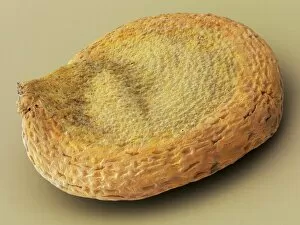Capsaicin Collection
Capsaicin, the fiery molecule found in red chilli peppers, is what gives them their hot bite
All Professionally Made to Order for Quick Shipping
Capsaicin, the fiery molecule found in red chilli peppers, is what gives them their hot bite. This powerful compound has been depicted throughout history, from ancient botanical illustrations to modern conceptual images. In the Hortus Eystettensis by Basil Besler, a vibrant red chili pepper from the Nightshade family is beautifully captured, showcasing its enticing allure. Another image showcases a cascabel chili pepper with its fruit and seeds, highlighting the intricate details of this spicy ingredient. Even under an electron microscope, capsaicin's impact can be seen in a close-up of cascabel chili seeds. Whether fresh or dried, red chili peppers are known for their intense heat thanks to capsaicin's presence. So next time you take a bite into that sizzling dish or feel your taste buds tingle at the sight of these vibrant fruits, remember it's all because - nature's way of adding some spice to our lives.











